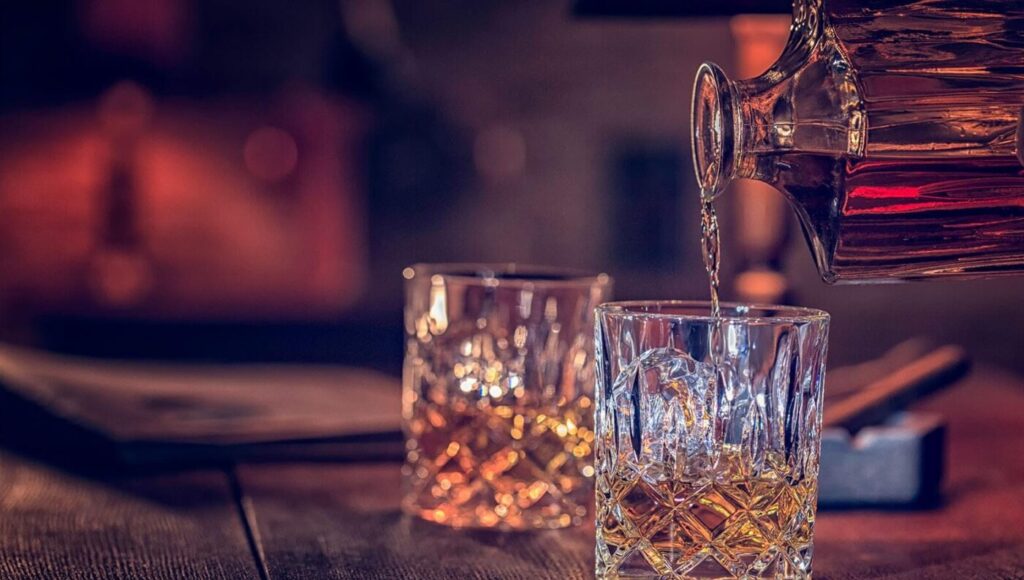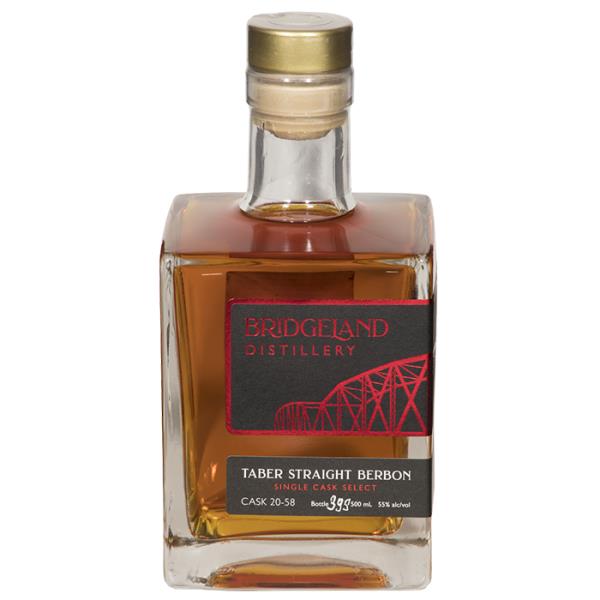
Many of us are familiar with Bourbon whiskey, produced throughout the United States, although concentrated in the state of Kentucky. Bourbon, by law, has to have a specific mash bill – the recipe of grains used to make it – and by law, it has to be produced with 51% corn grain.
Bridgeland Distillery opened in 2018 in Calgary, and the distillery’s focus has been on brandy, whisky and Eau de Vie. Calgary Co-op has been lucky enough to select a single cask of their ‘Berbon’. This play on words and intentional misspelling gives you a hint as to what’s in the bottle.
Bridgeland has produced this Bourbon-style spirit made from 60% Taber corn (hence the ‘Ber’ in Berbon), 32% barley, and 8% wheat from Penhold, Alberta. This Straight Berbon has been matured in brand new, charred American Oak barrels for two years and proofed very close to cask strength, sitting at 55% ABV. This delicious spirit has aromas and flavours of caramel, freshly cut hay, toasted sugar, cocoa powder and cigar box.
Pick up a bottle onlineMost countries have a minimum aging requirement for a spirit to qualify as a “whisky” or “whiskey.” For instance, in Scotland, the spirit must be aged for a minimum of 3 years in wooden barrels before it can be classified as whisky. The same is true in Canada. So this bottle of Bridgeland Taber Straight Berbon, although incredibly delicious, cannot be called a whisky just yet.
Cask strength, or high proof, spirits have become more fashionable in recent years. They are incredibly potent and often sit at very high levels of alcohol. They are fiery, but in reality, sit much more closely to how the spirit came off the still. The nice thing with these styles of whiskies is that you are in charge of how much water to add to the spirit to make it palatable for you. Adding a bit of water helps to release the aromas and flavours and when spirits are sitting at an already high ABV, you’re able to add as much water as you’d like to make it preferable to your palate. Definitely add water!

Notifications